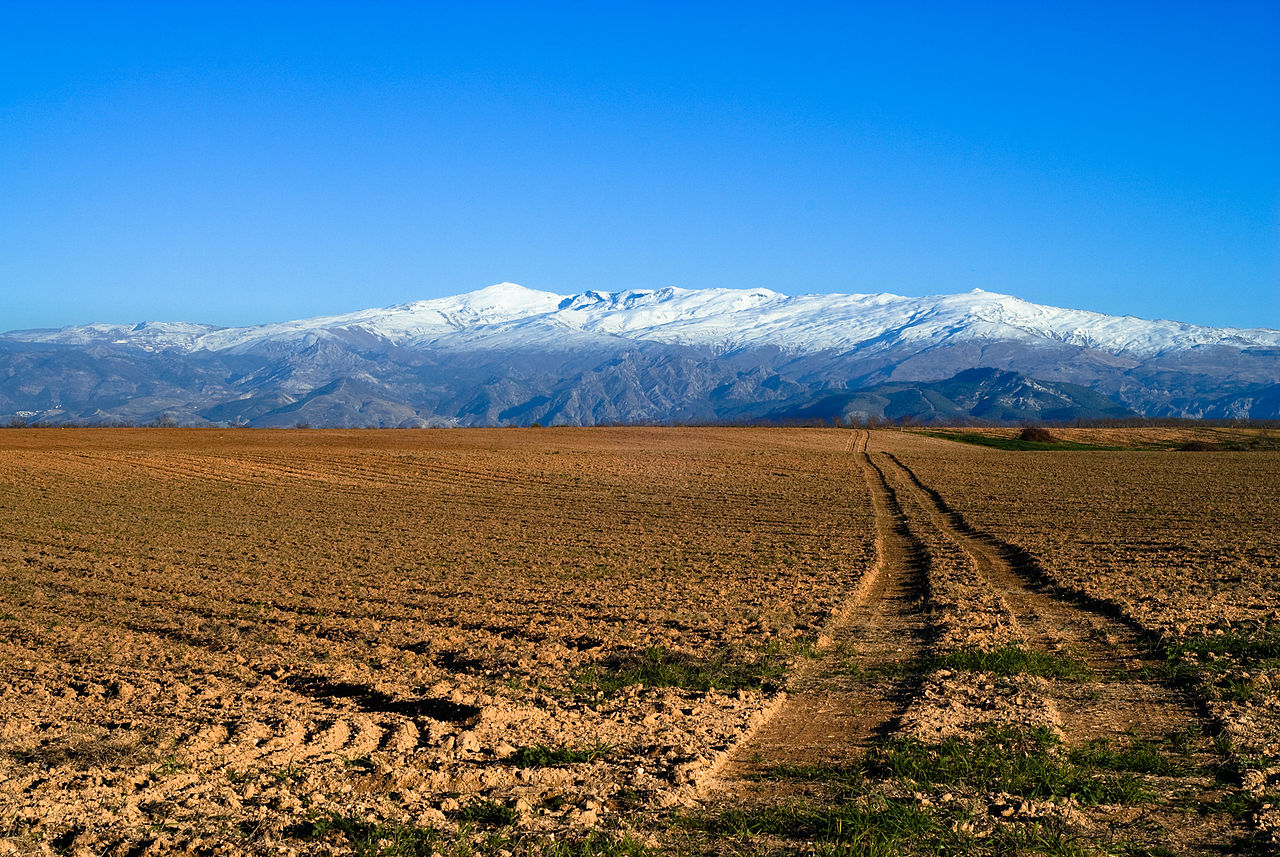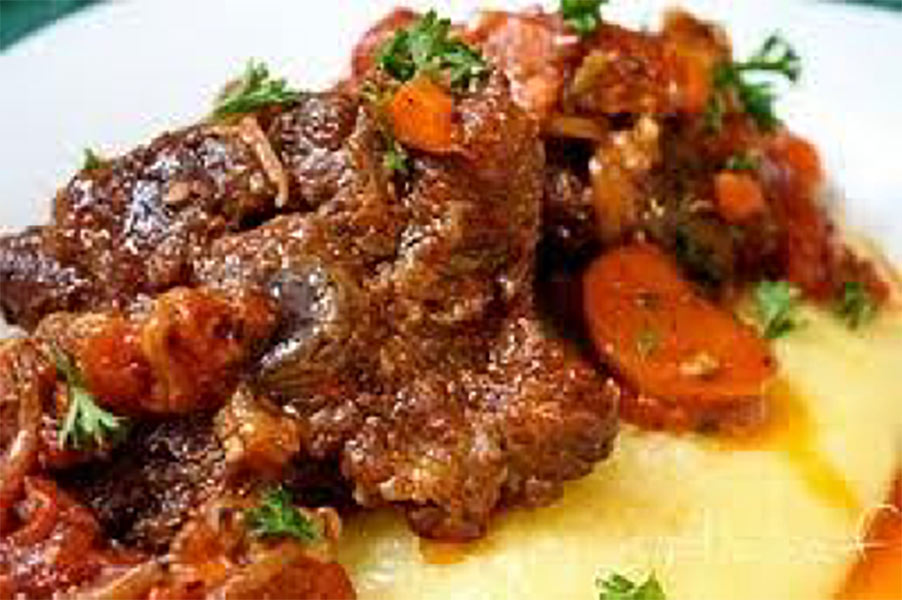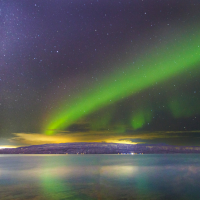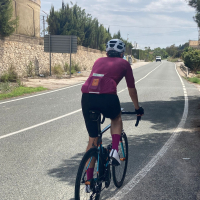La Vuelta 2022 - Stage 15:- Martos - Sierra Nevada. Alto Hoya de la Mora. 153km ***Spoilers***

September 4, 2022
Start Time 13-05CET
The 15th stage of the Vuelta is played out between Martos and ski resort Sierra Nevada. The run-up in the 153 kilometres long race is unremarkabe, the last 50 kilometres are quite the opposite. Cramming in over 4,000m of elevation gain, stage 15 of this year's Vuelta a España will pack a considerable punch with a jaw-dropping final climb to 2,512m over nearly 30km of continual ascent.

Beginning in Martos, the first 90 kilometres are the calm before the storm. The peloton rides in southeasterly direction towards the Sierra Nevada. The stage undulates over the first 30km to the Puerto del Castillo 3rd Category climb - offering ripe opportunity for a long-range breakaway group.
The riders enter the mountain range with the highest summit – Mulhacén, at 3478.6 metres – of the Iberian peninsula shortly after moving through Granada. It is here that the characteristic of the stage changes dramatically and the serious climbing begins.

The Climbs.
Puerto de Castillo is 6.8 kilometres long and averages 4.5%.
The 1st category Alto del Purche is 9.1 kilometres at 7.6%.

The Sierra Nevada climb adds up to 32.8 kilometres. The gradients are doable at first, but this changes after Güéjar Sierra.
The Alto de Hazallanas is a wall-like test – 4.6 kilometres at 11% – that merges into the finish climb. The two combined add up to 19.3 kilometres and the average gradient sits at 7.9%.

Final Kms.
The enormous climb to Pico Veleta weather station - which in its entirety comprises the highest continuous paved ascent in Europe. The summit sits 2,805m high in the Sierra Nevada, but the race won't go that far.

What to Expect.
With the last 500 metres of gradient gain sitting above 2,000 metres, the effects of altitude is bound to effect the mere mortals among the remaining contenders. Consequently there could be some significant time gaps.
This is definitely one climb that the sprinters will not be looking forward to, as due to it's length and combined with preceding obstacles, they face a race against the dreaded hors delay.
Martos
Population 24.343
The ‘Cradle of the Olive Grove’ makes its La Vuelta debut. In a territory like Jaén, where olive oil is its economic and cultural engine, and holds enormous gastronomic value, Martos stands out for being one the main manufacturers and exporters of this liquid gold. In the Martos municipality, the olive tree is much more than just a product, it is a way of life. It is for this reason that the Fiesta de la Aceituna (or Olive Festival), an event that celebrates this particular fruit, has been held every December for the past 40 years.


Sierra Nevada.
Population 8,007 (Monachil)
Sierra Nevada meaning "mountain range covered in snow") is a mountain range in the Andalusian province of Granada in Spain. It contains the highest point of continental Spain: Mulhacén, at 3,479 metres (11,414 ft) above sea level.
It is a popular tourist destination, as its high peaks make skiing possible in one of Europe's most southerly ski resorts, in an area along the Mediterranean Sea predominantly known for its warm temperatures and abundant sunshine. At its foothills is found the city of Granada, and a little further south, Almería and Málaga.
Parts of the range have been included in the Sierra Nevada National Park. The range has also been declared a biosphere reserve. The Sierra Nevada Observatory and the IRAM radiotelescope are located on the northern slopes at an elevation of 2,800 metres (9,200 ft).

Migas Alpujarreñas
Migas is a dish that demonstrates Spaniards’ genius for turning the humblest ingredients into a tasty snack or meal. Although breadcrumbs are used as its base elsewhere in Spain, the version you’ll find in the Sierra Nevada uses hard wheat flour: this is salted, fried with green peppers, olive oil and garlic until crispy, and garnished with hunks of morcilla and chorizo.

Stewed goat
Another of the Sierra Nevada‘s hearty, country dishes is stewed mountain goat, which can be found on many menus in the Alpujarra region (you can see them roaming free in the mountains above, especially on the foothills of Mulhacén). The recipes vary, but the meat is usually slow-cooked in a rich tomato sauce and served with a heap of garlicky fried potatoes.

Comments
-
This is the stage that will determine if Remco has made the transition to a GT contender yet. Looking forward to it which probably means it will be a damp squib2
-
I rode Pico Veleta a few years ago, and I'd have thought it's a good climb for Remco as it's on a wide road with pretty comfortable gradients after the first bit. I'm anything but good and rarely needed my bottom gears. It's a good climb for diesels. I suppose the question is the altitude. I think a lot of riders base themselves in the village at the top, and they have an altitude training facility there.
It's a shame they don't go a bit further (you can ride for another 10km after the pros stop and that averages 8-9%) as the road surface after the barrier is a bit gnarlier, and obviously it gets cooler. I rode it in June and while it was 30 or so in Granada, there was plenty of snow about.
2 -
It is pretty gnarly thoughorraloon said:
You are Carlton Kirby and ICMFP. 😉 Nice pic btw.phreak said:...after the barrier is a bit gnarlier...


The last 500m or so you kind of have to shoulder your bike to get to the top as it's pretty rocky. Given the penchant for gravel these days, it's surely only a matter of time?1 -
As I understand it, the reason the Vuelta isn't using the higher road is due to the impact the race infrastructure would have on the local environment.0
-
Quite probably. There is an observatory a bit further up past the barrier but the odd service vehicle is very different to a pro race. Just means it's one of those gems that doesn't have any race history, like Cirque du Tromousse, the Timmelsjoch, Nivolet et al.andyp said:As I understand it, the reason the Vuelta isn't using the higher road is due to the impact the race infrastructure would have on the local environment.
0 -
Hey, perfect for my graveller 😊 Oh wait, 2500m altitude. 🤔phreak said:
It is pretty gnarly thoughorraloon said:
You are Carlton Kirby and ICMFP. 😉 Nice pic btw.phreak said:...after the barrier is a bit gnarlier...


The last 500m or so you kind of have to shoulder your bike to get to the top as it's pretty rocky. Given the penchant for gravel these days, it's surely only a matter of time?
Highest I've been is 4400+ in Peru, coca leaf tea to the fore, and no not riding a bike...
2 -
Very little olive oil for the Jaén region this year. It’s been devastated by drought.0
-
Dennis in a break of 5, QS not really up to covering all the risks. Looks like it is going to be a hard day. Keller man getting medical help nearly 2 minutes behind.0
-
Pozzovivo abandons.
Also a crash victim apparently"Science is a tool for cheaters". An anonymous French PE teacher.0 -
Dennis, Nibali and Carthy up front with constant attempts by others to bridge including Wright. Really tough stage start, uphill and racing hard.0
-
Breakaway down to Dennis, Nibali and Carthy.
Merlier dropped, others begging to struggle.
Very lumpy terrain"Science is a tool for cheaters". An anonymous French PE teacher.0 -
What's going on.... Big break"If I was a 38 year old man, I definitely wouldn't be riding a bright yellow bike with Hello Kitty disc wheels, put it that way. What we're witnessing here is the world's most high profile mid-life crisis" Afx237vi Mon Jul 20, 2009 2:43 pm0
-
All the usually suspects in there. ... Difficult to control. A lot of top 10 on GC action included..."If I was a 38 year old man, I definitely wouldn't be riding a bright yellow bike with Hello Kitty disc wheels, put it that way. What we're witnessing here is the world's most high profile mid-life crisis" Afx237vi Mon Jul 20, 2009 2:43 pm0
-
Are we seeing an era attacks are marked because of potential relegation point gains ?"If I was a 38 year old man, I definitely wouldn't be riding a bright yellow bike with Hello Kitty disc wheels, put it that way. What we're witnessing here is the world's most high profile mid-life crisis" Afx237vi Mon Jul 20, 2009 2:43 pm0
-
IMO and I am not just talking Kirby here, but there's a fair bit of poor quality information being dished out in commentary.
Quite amused by Kelderman giving a big smile and a thumbs up, while looking like a plate of raw meat."Science is a tool for cheaters". An anonymous French PE teacher.0 -
Dan Lloyd arrives in the commentary box and immediately agrees with me."Science is a tool for cheaters". An anonymous French PE teacher.0
-
Yeah if jumbo push on the penultimate climb those QS riders could be left behindblazing_saddles said:Dan Lloyd arrives in the commentary box and immediately agrees with me.
"If I was a 38 year old man, I definitely wouldn't be riding a bright yellow bike with Hello Kitty disc wheels, put it that way. What we're witnessing here is the world's most high profile mid-life crisis" Afx237vi Mon Jul 20, 2009 2:43 pm1 -
GCN producers via Blythe crapping themselves that McEwen has used the wrong terminology and will get them cancelled.0
-
He drops the odd unintended clanger ...what did he say this time ?Pross said:GCN producers via Blythe crapping themselves that McEwen has used the wrong terminology and will get them cancelled.
"If I was a 38 year old man, I definitely wouldn't be riding a bright yellow bike with Hello Kitty disc wheels, put it that way. What we're witnessing here is the world's most high profile mid-life crisis" Afx237vi Mon Jul 20, 2009 2:43 pm0 -
Jumbo taking it up"If I was a 38 year old man, I definitely wouldn't be riding a bright yellow bike with Hello Kitty disc wheels, put it that way. What we're witnessing here is the world's most high profile mid-life crisis" Afx237vi Mon Jul 20, 2009 2:43 pm0
-
It's fast"If I was a 38 year old man, I definitely wouldn't be riding a bright yellow bike with Hello Kitty disc wheels, put it that way. What we're witnessing here is the world's most high profile mid-life crisis" Afx237vi Mon Jul 20, 2009 2:43 pm0
-
Referring to Muslim rule in Spain. The producers, via Blythe’s earpiece, insisted on calling them Moors not Muslims.mididoctors said:
He drops the odd unintended clanger ...what did he say this time ?Pross said:GCN producers via Blythe crapping themselves that McEwen has used the wrong terminology and will get them cancelled.
Seemed a bit panicky considering McEwen was correct.0 -
Was that the Islam / Muslim / Arabic / Moors sesh?mididoctors said:
He drops the odd unintended clanger ...what did he say this time ?Pross said:GCN producers via Blythe crapping themselves that McEwen has used the wrong terminology and will get them cancelled.
0 -
Twitter will get him cancelled in no time.Pross said:
Referring to Muslim rule in Spain. The producers, via Blythe’s earpiece, insisted on calling them Moors not Muslims.mididoctors said:
He drops the odd unintended clanger ...what did he say this time ?Pross said:GCN producers via Blythe crapping themselves that McEwen has used the wrong terminology and will get them cancelled.
Seemed a bit panicky considering McEwen was correct.
Funny old world these days.
Meanwhile, Monachil is one tough old climb.
Surprised by how much water is in that lake, given the drought."Science is a tool for cheaters". An anonymous French PE teacher.0 -
Masnada crash"If I was a 38 year old man, I definitely wouldn't be riding a bright yellow bike with Hello Kitty disc wheels, put it that way. What we're witnessing here is the world's most high profile mid-life crisis" Afx237vi Mon Jul 20, 2009 2:43 pm0
-
Looks like a sportive"If I was a 38 year old man, I definitely wouldn't be riding a bright yellow bike with Hello Kitty disc wheels, put it that way. What we're witnessing here is the world's most high profile mid-life crisis" Afx237vi Mon Jul 20, 2009 2:43 pm0
-
This is pretty chaotic"If I was a 38 year old man, I definitely wouldn't be riding a bright yellow bike with Hello Kitty disc wheels, put it that way. What we're witnessing here is the world's most high profile mid-life crisis" Afx237vi Mon Jul 20, 2009 2:43 pm0
-
This is going to be savage. Remco isolated super early.0
-
Can Harper do it two days running ..."If I was a 38 year old man, I definitely wouldn't be riding a bright yellow bike with Hello Kitty disc wheels, put it that way. What we're witnessing here is the world's most high profile mid-life crisis" Afx237vi Mon Jul 20, 2009 2:43 pm0





